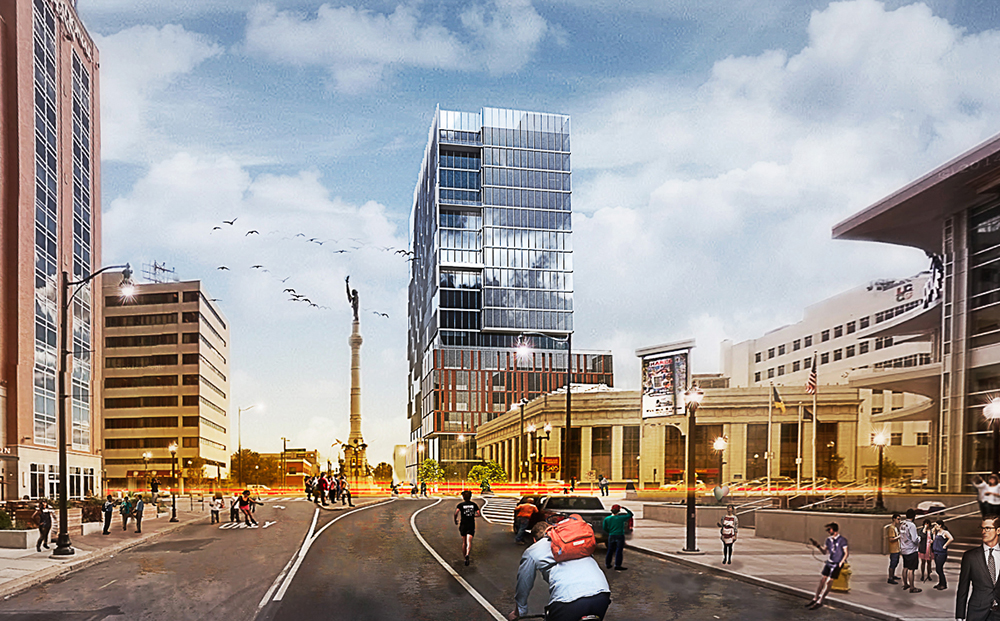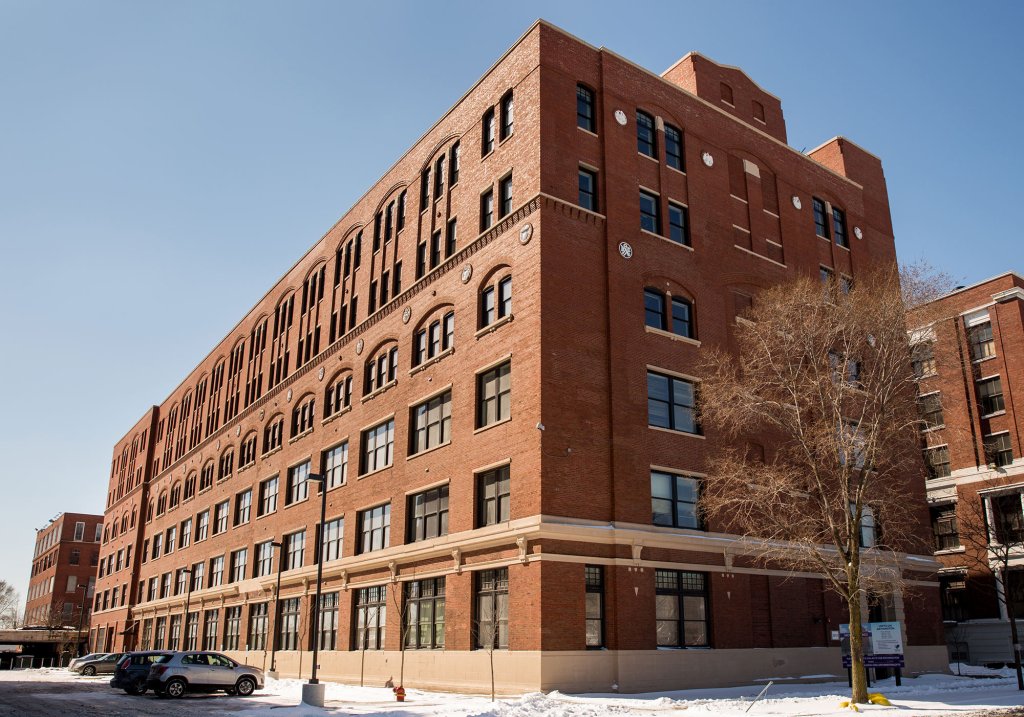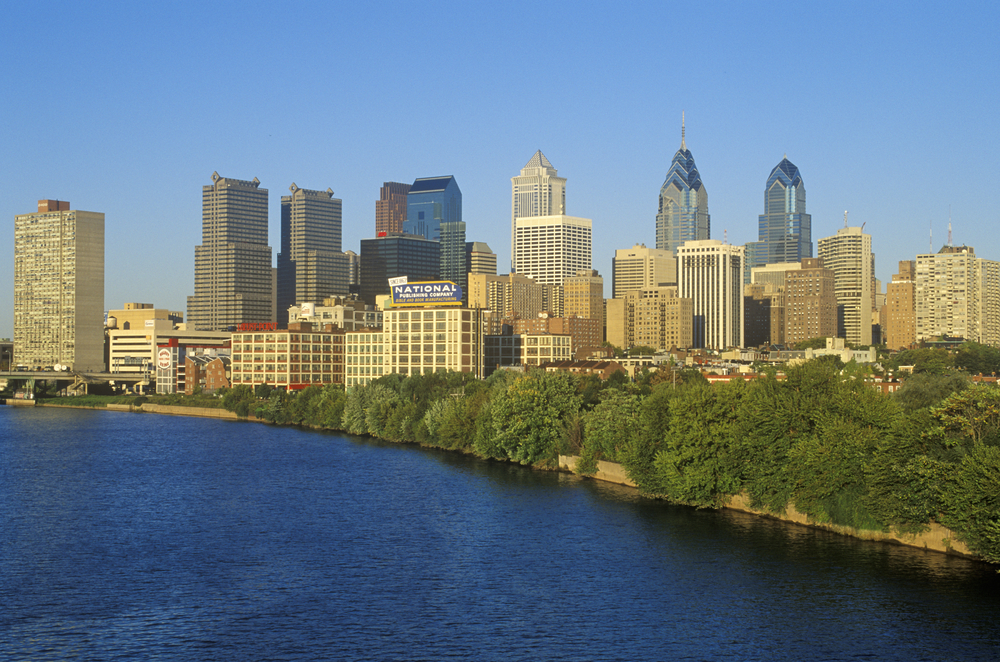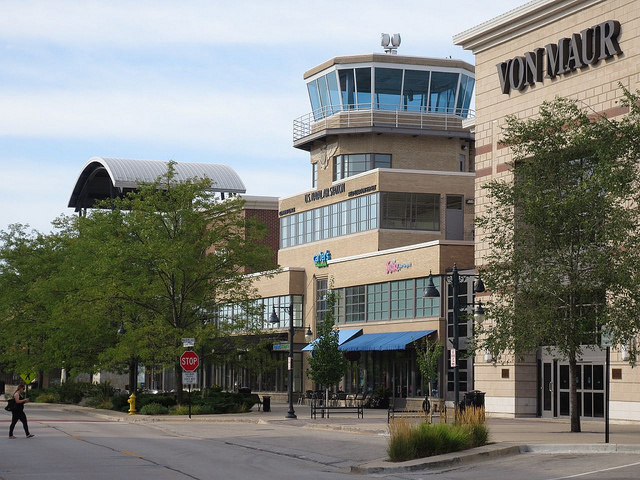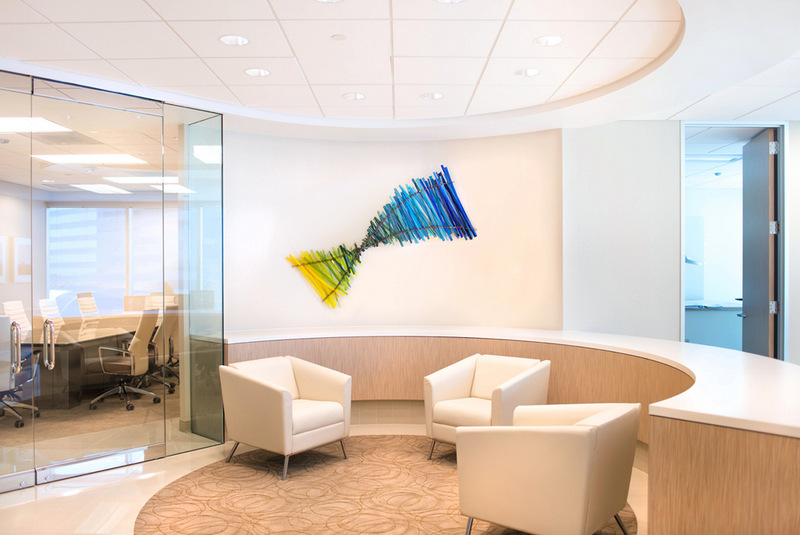Creative Funding
City Center Community
Desperate times call for creative solutions. The city of Allentown, Pennsylvania faced a multimillion-dollar deficit, high crimes rates, and a dwindling population. A unique approach to capital investment saved the city, producing what the mayor calls “Allentown 4.0.” William Billowitch, Controller, City Center Investment Corporation, sits down with Yardi to explore the organization’s singular approach […]
